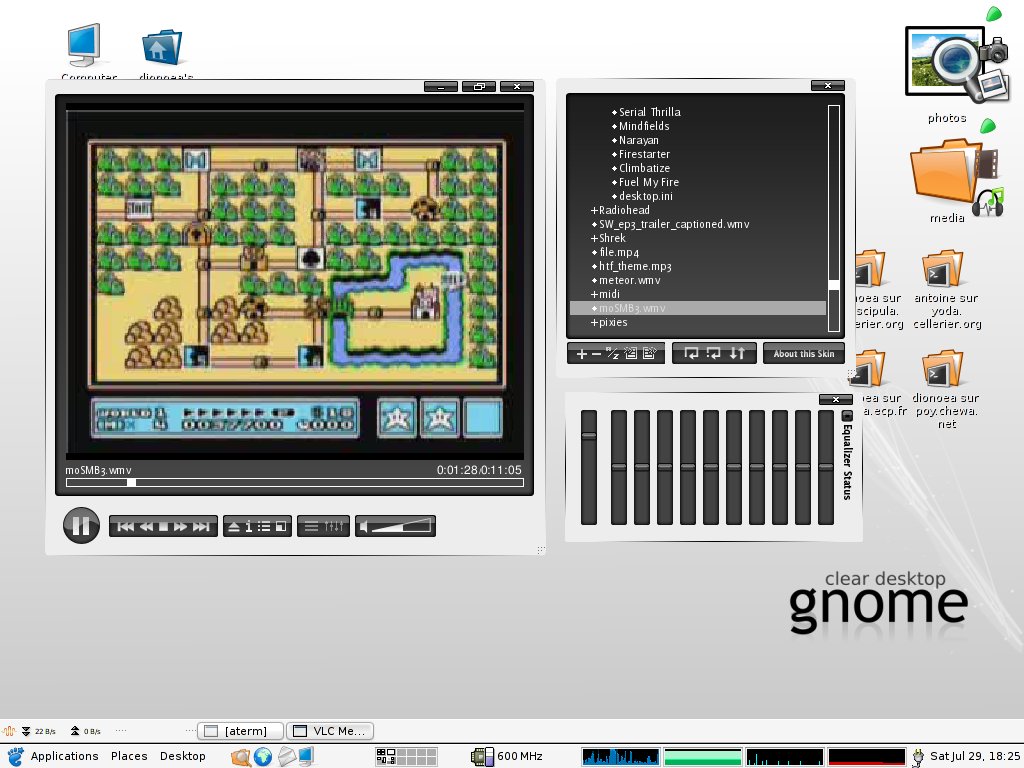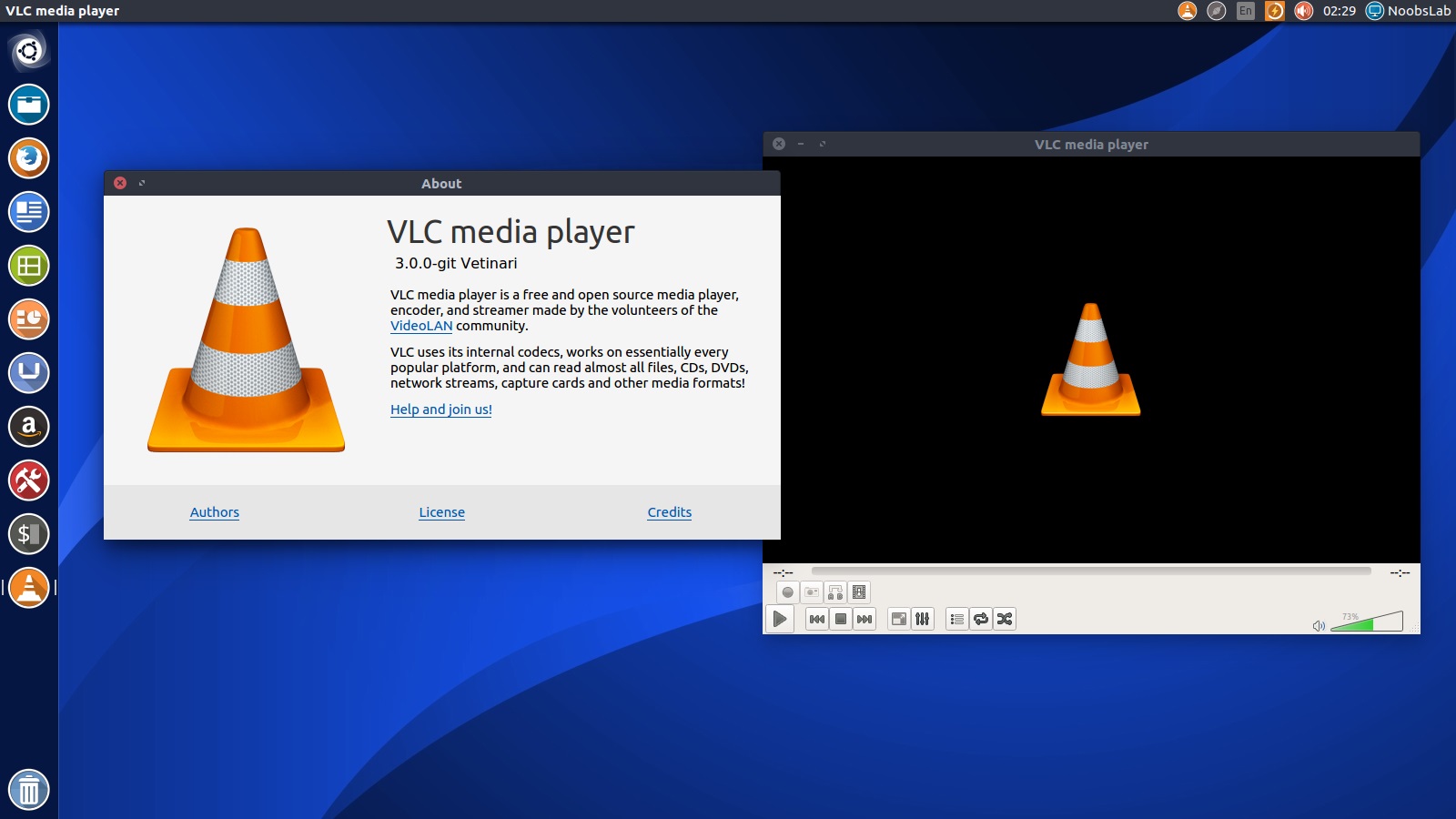

It is now a worldwide project with developers from 40 countries. The project started to open up to developers outside of the École. In January 2003, the first MPEG4 streams were tested and realtime MPEG4 encoding Network were able to participate in these tests. Months later! The first large scale multicast streaming tests occurred in May 2002. One of them (gibalou) even submitted the Win32 port 6 In 2001, after many months (if not years) of negotiation, the school’s Director agreed to a change to the GPL licence.ĭevelopers from all around the world started working on the project right away. This allowed easy porting of the OS specific modules. These two programs were planned to be modular, which meant a core consisting basically of communication functions They succeeded in serving and reading the first (VideoLAN Server) and the VLC (VideoLAN Client) to stream and read MPEG-2 streams. The VIA Centrale Réseaux network so they needed a bandwidth intensive application to justify the upgrade. These students wanted to be able to watch television on their PCs. If HTTP Streaming testing is done in VLC the URL entered in the “Open Network Stream” dialog should start with “ VideoLAN project was started as a school project in 1996 by students of Ecole Centrale Paris,Ī French engineering school in 1996. Note: The streaming method, shown in VLC settings as “Tunnel RTSP and RTP over HTTP” is different from the HTTP Streaming mode described in the document. If none of the option in VLC is selected this is the same as selecting “RTP/UDP” for Streaming Mode in the Management Client. If “Tunnel RTSP and RTP over HTTP” is selected this is the same as selecting “RTP/RTSP/HTTP/TCP” as Streaming Mode in Management Client. If “Force multicast RTP via RTSP” is selected this is the same as selecting “RTP/UDP multicast” for Streaming Mode in the Management Client. If “Use RTP over RTSP (TCP)” is selected this is the same as selecting “RTP/ RTSP/TCP” for Streaming Mode in the Management Client. Select “All’ for “Show settings” in the lower left corner of the dialog.

Open the VLC Preferences dialog – Tools->Preferences (Ctrl + P). To see the codec of the stream in VLC select Tools->Codec Information (Ctrl+J)Īlso verify that VLC uses the same Streaming Mode as is specified in the Management Client. If the video/audio starts playing, verify that the codec is correct with the one set in the Management Client.

Make sure to use the same credentials also when adding the device in the Management Client. You might get a prompt to enter authorization credentials. In the text field enter the URL of the video/audio stream from the device. From the Media menu select “Open Network Stream” (Ctrl+N).


 0 kommentar(er)
0 kommentar(er)
